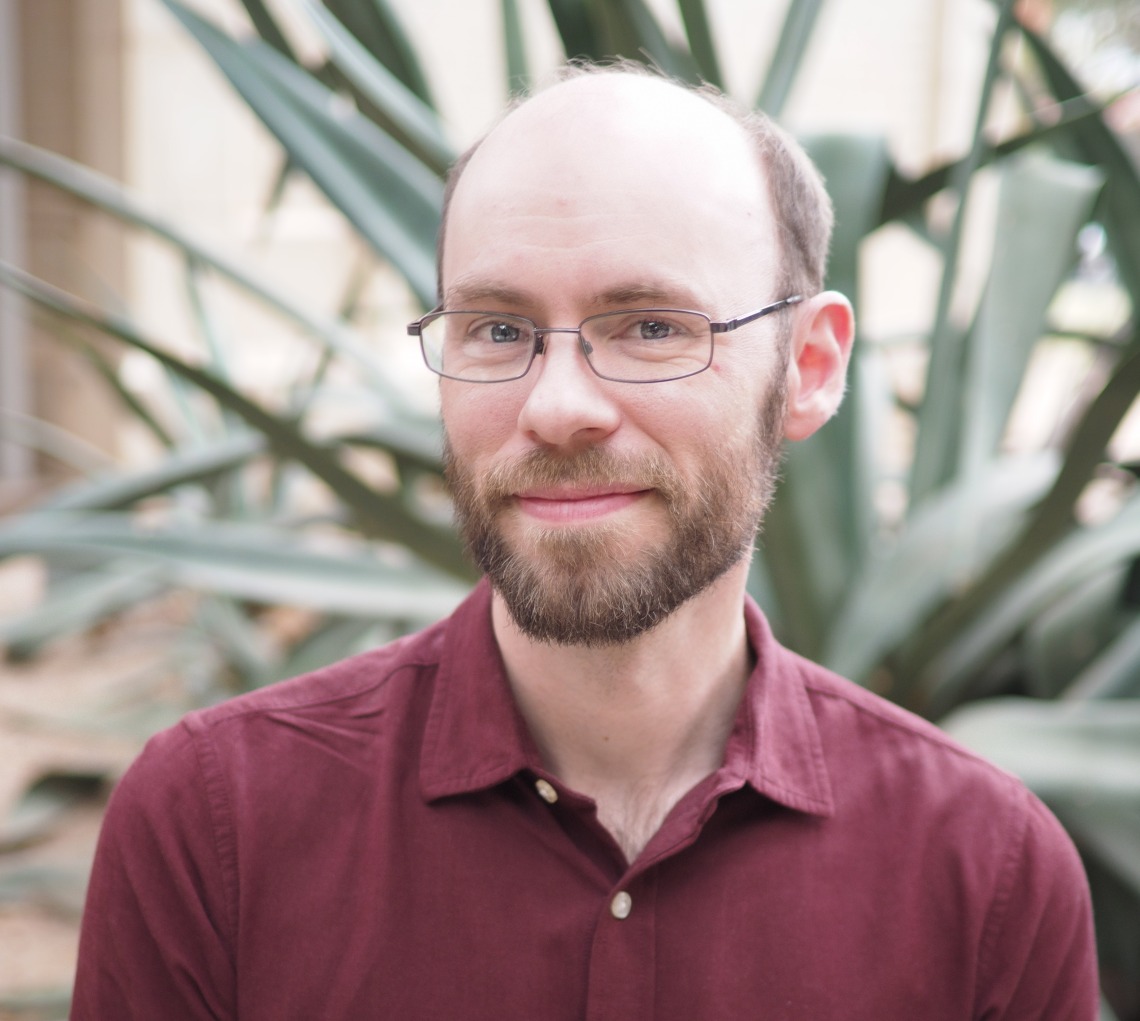A Team Led by Jarron Leisenring at Steward Observatory Obtains the Deepest Look Yet into Planetary Nurseries

Jarron Leisenring’s observations help astronomers refine their theories about the processes involved in planet formation and shed light on what our sun did when it was very young.
By taking advantage of the dust-penetrating capabilities of the James Webb Space Telescope's infrared instruments, designed and built in part by University of Arizona scientists, astronomers have obtained the first direct observations with the new space telescope of gas and dust feeding a nascent planetary system with raw material for planet formation.
How planets form from a roiling maelstrom of gas and dust swirling around a young star is one of astronomy's most active fields of research. Much of the action during the early stages of planet formation remains shrouded in mystery – quite literally, as telescopes have historically struggled to peer through the dense clouds of dust surrounding planetary systems when they are in their infancy.
A team led by Jarron Leisenring at the UArizona Steward Observatory has obtained the deepest look yet into such planetary nurseries. Read the story here.

